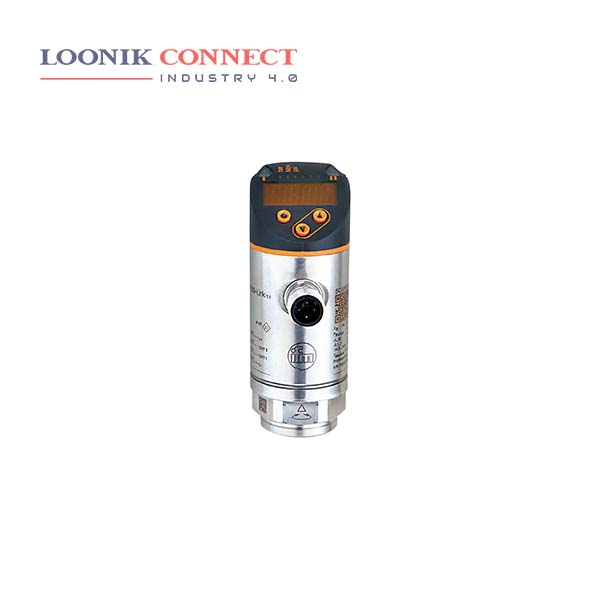Two switching outputs, one of them with IO-Link communication interface. Red/green display for clear identification of the acceptable range. The process connection can be rotated for optimum alignment. With long-term stability thanks to high overload protection. Robust design for use in harsh industrial environments. A pressure sensor is a transducer or instrument that converts an input mechanical pressure in gases or liquids into an electrical output signal. The most common type of pressure sensor used is a transducer (piezoelectric and strain gauge) as they are applied to applications to monitor flow, airspeed, level, pump systems, or altitude.
A pressure sensor is a device equipped with a pressure-sensitive element that measures the pressure of a gas or a liquid against a diaphragm made of stainless steel, silicon, etc., and converts the measured value into an electrical signal as an output. Pressure sensors are used for many automotive, medical, industrial, consumer and building devices, which depend on accurate and stable pressure measurements in order to operate reliably.
The three methods for measuring pressure are absolute, gauge, and differential. Absolute pressure is referenced to the pressure in a vacuum, whereas gauge and differential pressures are referenced to another pressure such as the ambient atmospheric pressure or pressure in an adjacent vessel. A pressure sensor is a device equipped with a pressure-sensitive element that measures the pressure of a gas or a liquid against a diaphragm made of stainless steel, silicon, etc., and converts the measured value into an electrical signal as an output.










